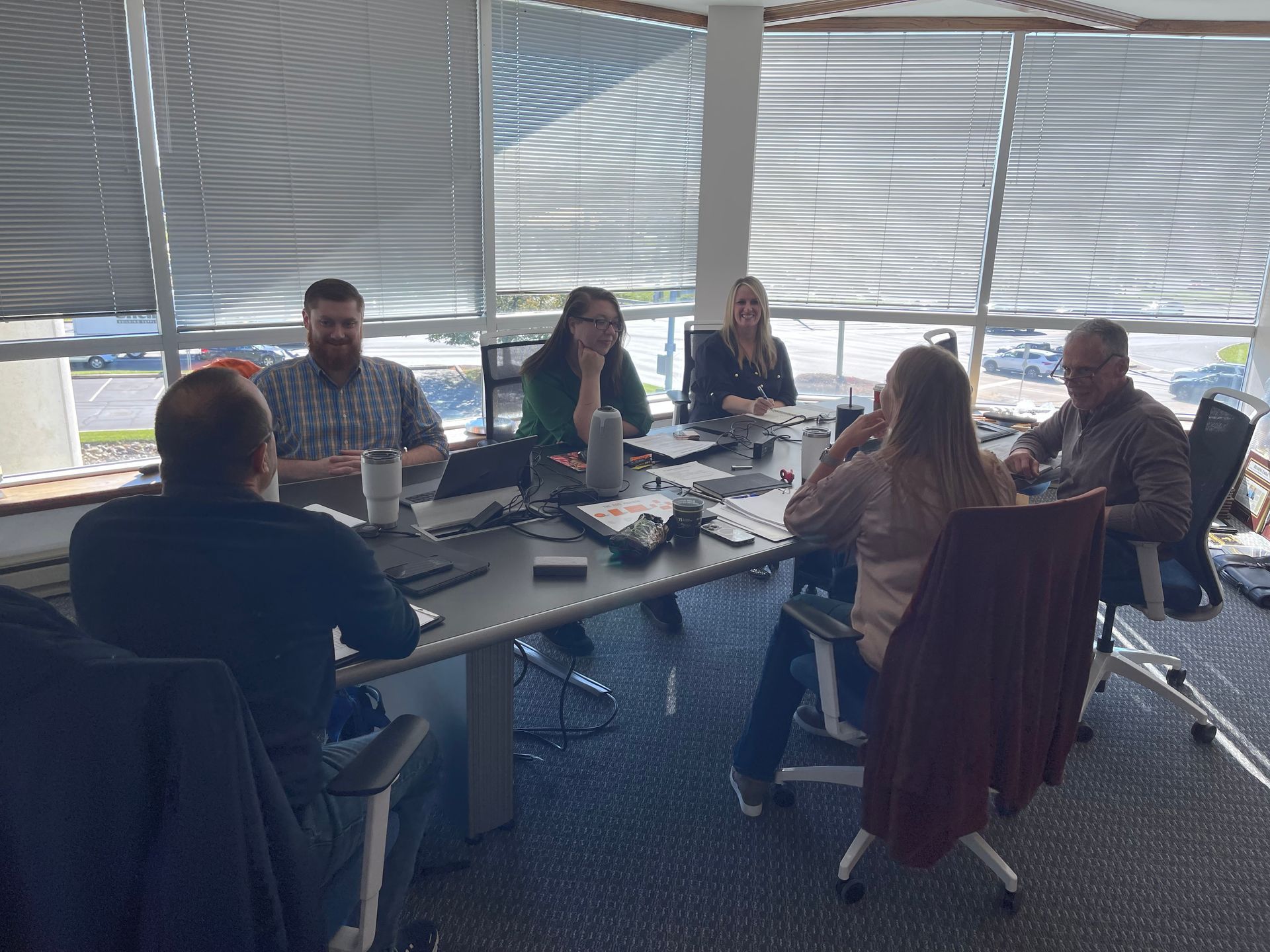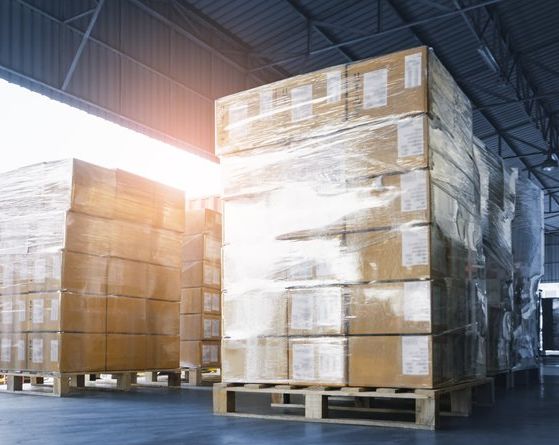Logistics Process Reengineering
What is Logistics Process Reengineering (LPR)?
Logistics process reengineering (LRP) is a management technique aimed at enhancing the operational efficiency of warehouse and order fulfillment systems. By analyzing workflows both within and between enterprises, LRP seeks to optimize end-to-end processes and eliminate non-value-adding tasks. This approach can help shippers gain a competitive edge.

Logistics: Business Process Reengineering
Business Process Reengineering (BPR) is a strategic approach aimed at completely redesigning business processes to achieve significant improvements in areas such as cost reduction, efficiency enhancement, and customer satisfaction. It involves a series of well-defined phases to ensure successful implementation.
The first phase of BPR involves kickstarting organizational change. This phase is crucial as it sets the stage for the entire reengineering process. Here, top management communicates the need for change, outlines its vision, and secures the commitment of key stakeholders. Employees must grasp why change is necessary and how it aligns with the organization's goals. Activities in this phase include assessing the current state of affairs, identifying pain points and areas for improvement, and establishing urgency among employees. Clear communication and leadership support are vital to overcoming resistance and fostering a change-ready culture.
Reengineering the Processes
A dedicated team is assembled to spearhead the reengineering efforts. The team typically consists of individuals from various departments and levels within the organization, bringing diverse perspectives and expertise. Leadership plays a critical role in selecting team members and equipping them with the necessary resources and authority. Key activities include defining team roles, establishing communication channels, and collaboration together. Building a cohesive and motivated team is essential for navigating the complexities of BPR and ensuring alignment with organizational objectives.

Identifying BPR Opportunities
A thorough analysis of business operations, including workflow inefficiencies and redundant tasks, is conducted. The goal is to identify processes with significant improvement potential that align with strategic priorities. Activities may include process mapping, stakeholder input gathering, performance metric analysis, and benchmarking against industry standards. Identifying BPR opportunities enables organizations to prioritize efforts and focus on initiatives with the greatest impact.
Understanding the Existing Process
Before reengineering can occur, a deep understanding of existing processes is essential. This involves detailed examination, including inputs, outputs, activities, dependencies, and pain points. Through process analysis, inefficiencies and areas for optimization are identified. Activities may include documenting process flows, conducting interviews, analyzing data, and pinpointing root causes of problems. Insights gained serve as a foundation for designing and implementing improved workflows.
Reengineering the Process
The reengineering phase is where the transformation takes place. Processes are radically redesigned to achieve breakthrough improvements in performance and efficiency. This phase challenges organizations to think creatively and explore innovative solutions. Activities may include brainstorming, process redesign workshops, prototyping, and piloting new approaches. Collaboration among cross-functional teams is crucial for generating ideas and developing practical solutions.
Blueprinting the New Business System
Once redesigned processes are developed and validated, a blueprint for the new business system is created. This roadmap guides implementation and outlines how the organization will operate in the future. Activities may include documenting updated process flows, defining roles, specifying technology requirements, and outlining timelines. Clear communication and stakeholder engagement are essential for gaining buy-in and ensuring alignment with the vision.
Manufacturing Logistics
The state of computational models in manufacturing logistics is somewhat mixed. While significant investments have been made in manufacturing logistics software, such as MRP systems, many companies still express concerns about their effectiveness. A common complaint is the difficulty of implementing such software in specific manufacturing environments. I believe this difficulty arises from the substantial gap between the software model and the actual system it's deployed in, often necessitating compromises, fixes, and makeshift solutions.
However, one area of manufacturing logistics showing promising growth is real-time device control and cell control. This success could be attributed to the simplicity of the underlying abstraction, especially in the case of cell control. By assigning finite states to each device in a cell (idle, busy, failed, etc.), cell control can be modeled as matching specific state change events with corresponding control actions or decision algorithms. This minimizes the abstraction gap, requiring only the specification of event changes and corresponding control decisions for implementation. It's important to note that while cell control may seem straightforward, challenges like deadlock prevention in highly automated cells remain areas for ongoing research.
Transformation: Deploying the New Process
Finally we arrive at implementing changes and transitioning to the new way of working. Careful planning, coordination, and execution are required to minimize disruptions. Activities may include employee training, policy updates, TMS technology deployment, and performance monitoring. Continuous process improvement and adaptation are key as organizations navigate the transition and realize the full benefits of reengineering.

Support from TLI
TLI offers comprehensive support for various transportation and logistics processes. Whether you require assistance with transportation RFP sourcing, inbound vendor management, carrier onboarding and vetting new motor carriers, freight invoice audits, automated GL and cost center coding, or freight claims management, TLI can step in and help execute efficient and effective processes. Our expertise includes process mapping and execution to ensure seamless operations and optimal outcomes. Let TLI be your trusted partner in optimizing your transportation and logistics operations.
TLI Insights
Get the latest logistics insights and tips from Translogistics’ award-winning team. Stay ahead in transportation planning.
Questions? Email us at marketing@tli.email



